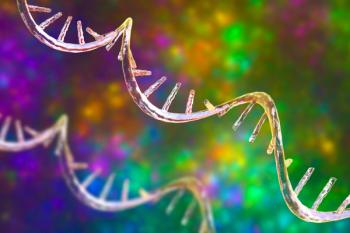
Novartis Licenses Oxford’s Meningococcus Vaccine
Isis Innovation (Oxford, UK), the University of Oxford’s technology transfer company, has licensed patents based on the work of Oxford Professor Richard Moxon’s research group and research by Canada’s National Research Council Institute for Biological Science to Novartis Vaccines and Diagnostics.
Isis Innovation (Oxford, UK), the University of Oxford’s technology transfer company, has licensed patents based on the work of Oxford Professor Richard Moxon’s research group and research by Canada’s National Research Council Institute for Biological Science to Novartis Vaccines and Diagnostics. The patents cover a novel vaccine candidate against the meningococcus bacterium-Neisseria meningitidis-currently at the preclinical stage.
Currently, no vaccine is available to combat Nesseiria meningitidis serogroup B strains of the disease. The new vaccine is designed to combat this B strain, as well as all other meningococcal strains.
Novartis Vaccines and Diagnostics has received a worldwide exclusive license to the Isis-owned patent on the vaccine which targets lipopolyaccharide (LPS), a macromolecule present in large amounts on the surface of meningococci during disease. Preclinical proof of concept studies have illustrated that the LPS molecules are recognized by the immune system and have potential as vaccine candidates.
Isis
Newsletter
Stay at the forefront of biopharmaceutical innovation—subscribe to BioPharm International for expert insights on drug development, manufacturing, compliance, and more.




